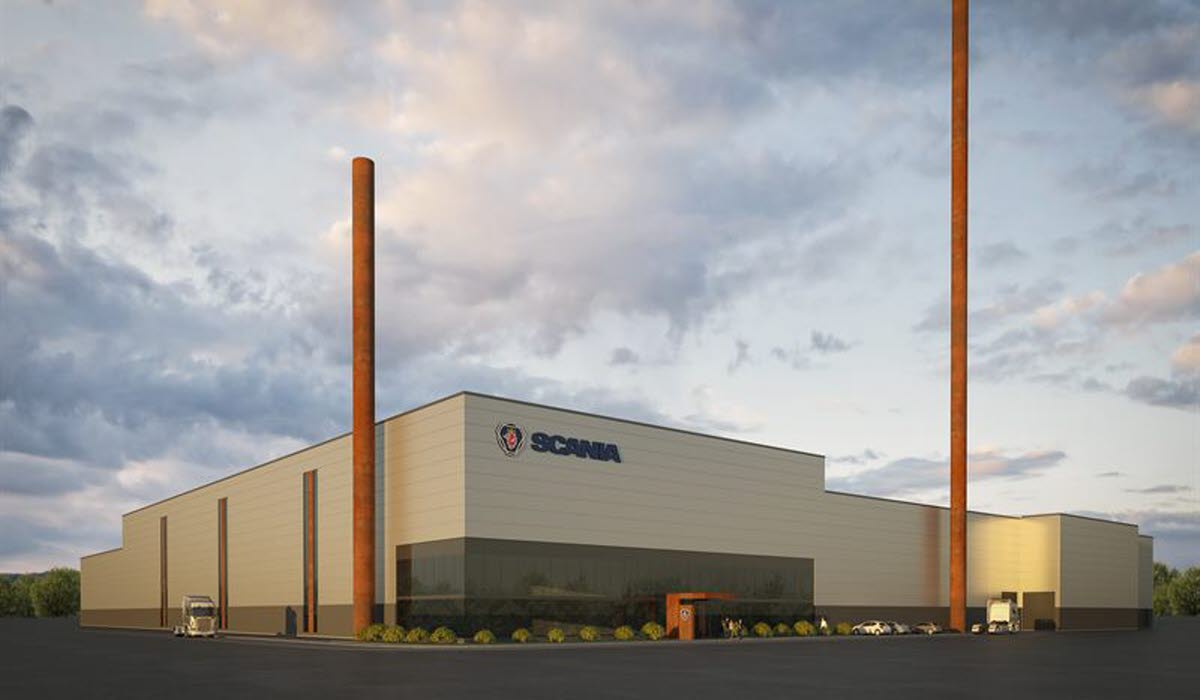Scania, the leading truck and transport solutions provider, announced one of its largest single investments in a new industrial plant back in 2017 – a new foundry to be located at the company’s main facility in Södertälje, some 50 km south of the Swedish capital Stockholm.
The investment marked a milestone in metalworking for two reasons. By switching to new casting methods production capacity could be tripled. At the same time, the new foundry meant that energy consumption could cut by no less than 50 per cent.
“In the ongoing shift towards a fossil-free society, more engines that operate on biofuels and gas will be needed. The foundry we invested in is instrumental in providing such engines,” says Ruthger de Vries, Executive Vice President, Head of Production and Logistics at Scania.
Heat recover and sand recycling
The new foundry has put Scania on the path to securing supply of strategically important parts for engine production with a strong focus on environmental sustainability. Operation improvements include heat recovery, sand recycling and reduced transport needs.
“From a sustainability perspective, this means that we can reduce the use of a finite resource while the climatic impact from sand transports will not increase, despite a tripling of our production capacity,” de Vries continues.
Scania, which was founded in 1891 and currently has production facilities in Europe, South America and Asia, has made a series of major investments in recent years in Sweden. These included the EUR 200 million upgrade of its facility in Oskarshamn which was transformed into the most modern cab factory in the world, equipped with 283 industrial robots.
Some 15,000 people are employed by Scania in Sweden. The truck manufacturer has a global footprint with 45,000 employees and sales in more than 100 countries.
Building a completely new foundry in Södertälje was the most cost-efficient and the best alternative from an environmental and quality standpoint adds Ruthger de Vries. But that’s not all.
“Through this investment, we also retained the proximity to our research and development organisation which is concentrated here. This means that Södertälje will continue to be the hub for our European engine production,” he concludes.






